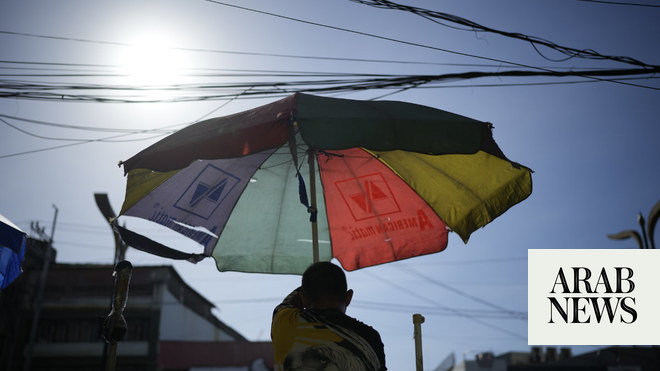
People advised to shield in the first wave of the pandemic were five times more likely to die after a confirmed Covid infection than those considered at low risk from the disease, according to research in Scotland.
The study, led by the University of Glasgow, found that efforts to shield the most vulnerable did not prevent substantial levels of infection in the most high-risk groups, with many patients succumbing to the virus.
The findings raise questions about how effective shielding was in the first wave of the pandemic and show that other measures, from reducing transmission in the community to Covid-safe support at home, are crucial for those most vulnerable to the disease.
“The only way you can protect these people is by stopping them getting infected in the first place because they are such a high-risk group,” said Prof Jill Pell, the director of the University of Glasgow’s Institute of Health and Wellbeing. “You cannot simply dump the responsibility on high-risk people to protect themselves because, as we’ve shown, they cannot protect themselves 100%.”
In the UK, people who were deemed to be clinically extremely vulnerable to Covid were advised to stay at home, or shield, when case numbers were high.
Pell and her colleagues analysed data from more than 1.3 million people registered with GPs in NHS Greater Glasgow and Clyde between March and May 2020. The majority, 934,239, were considered at low risk from Covid, while 353,085 were at medium risk due to conditions such as diabetes and high blood pressure. A further 27,747 were advised to shield because of serious health issues that put them at highest risk.
Those asked to shield were eight times more likely to have a confirmed Covid infection than those at low risk. And while testing rates were 10 times higher in the shielded group than in the low-risk group, many tests in the first wave were ordered only when people displayed symptoms. Those at medium risk had four times more confirmed infections than the low-risk individuals.
When the researchers looked at who died from Covid, whether they were tested or not, they found 140 deaths (0.51%) among the shielded people, 803 deaths (0.23%) in the medium risk group and 84 deaths (0.01%) in those at low risk from the disease.
One of the questions the study sought to answer is whether shielding helps to prevent the NHS from becoming overwhelmed. The findings suggest not, because only a fraction of the population are vulnerable enough to shield and far more medium-risk people are hospitalised with Covid. “You would have to roll out shielding to about a third of the population to really impact on NHS burden and that isn’t feasible to do,” said Pell.
The main driver for shielding is to protect vulnerable patients, but the researchers believe it is not as effective as hoped. “We don’t know what would have happened to these people if they hadn’t been advised to shield, but the bottom line is that it certainly didn’t prevent them from having adverse outcomes,” Pell said.
“These people have medical problems and I don’t think you can realistically expect someone to stay in their house and never leave it for months on end, because whether they like it or not they need to go to hospital appointments, some of them are under domestic pressures to do other things, and they live with other people in the house,” she added. “While it’s easy to say don’t share kitchen facilities, don’t share living space, very few people in the population have two kitchens, two living rooms and two bathrooms. Isolating within the house is almost impossible.”
A Scottish government spokesperson said: “We are confident the shielding programme helped vulnerable people who were at risk of Covid at that time.
“This study is limited to one geographical area and doesn’t take into account a range of factors including ethnicity, rurality, exposure to health and social care workers, and compliance with restrictions. It also highlights that the findings are representative of Glasgow and Greater Clyde area but may be less so for other areas.”












